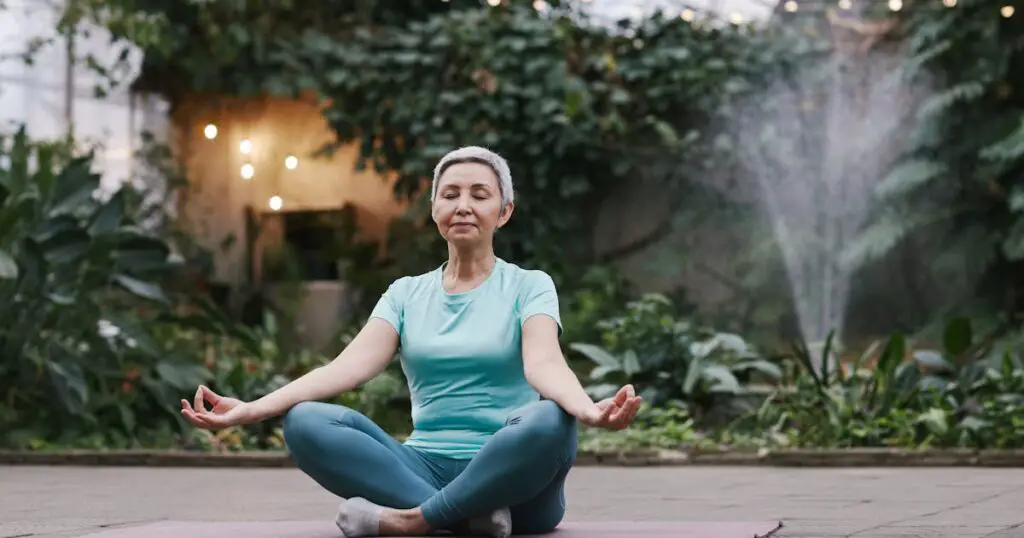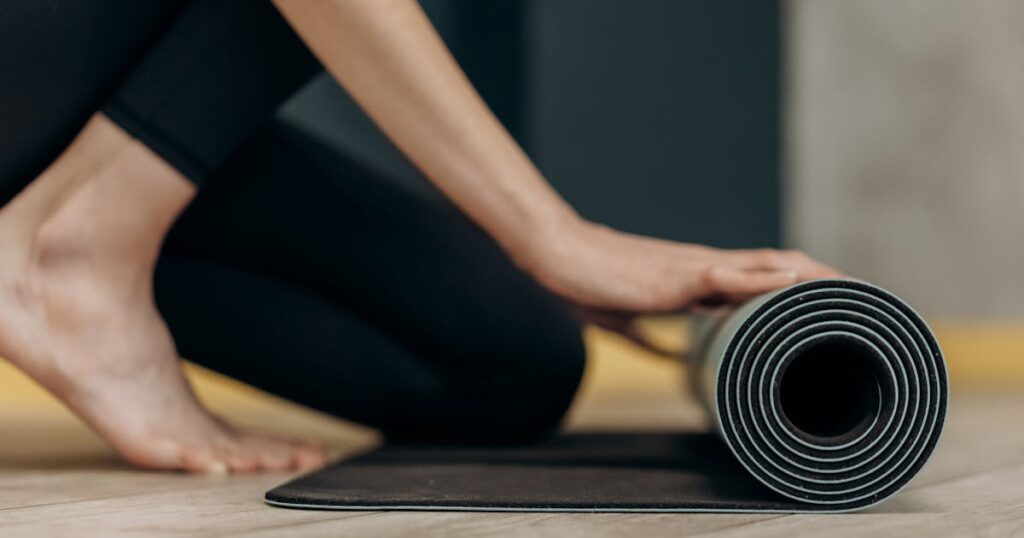key takeaway:A key takeaway from learning how to lead a mindfulness meditation is understanding the profound impact such practices can have on a community. By nurturing an environment of calm, focus, and compassion, mindfulness can foster a sense of connection and support among individuals.
Whether you're guiding local residents, cultural enthusiasts, or wellness advocates, remember that your role is not just about leading meditation sessions but also about creating a space where people feel valued and heard. Encouraging mindfulness in your community can pave the way for more empathetic interactions and a stronger, more cohesive community fabric.

As our daily lives become faster-paced and full of distractions, it’s important to slow down and focus on the present moment. This is where mindfulness meditation comes in—a practice that has gained popularity recently for its numerous benefits on mental, emotional, and physical well-being.
Suppose you’re passionate about mindfulness and want to share its benefits with your community. In that case, this guide will provide helpful tips on leading a successful mindfulness meditation session.
Focus the Meditation with an Introductory Talk
One of the key elements in leading an effective mindfulness meditation is setting the right intentions. This can be achieved by starting the session with an introductory talk explaining the purpose and benefits of mindfulness, as well as what participants can expect during the meditation. This will help to create a sense of focus and understanding among the group.
During this talk, it’s important to emphasize the importance of being fully present in the moment and letting go of distractions or thoughts. Encourage participants to let go of expectations and judgments and observe their thoughts and feelings without attachment.
Play Ambient & Featureless Meditation Music
Music can greatly enhance the overall experience of a mindfulness meditation session. It helps to create a soothing atmosphere and drown out any external noises that may be distracting. However, it’s important to choose ambient and featureless music – meaning without lyrics or sudden changes in tempo or volume.
Some recommended music options for mindfulness meditation include nature sounds, gentle instrumental music, and binaural beats. It’s also helpful to have a timer with a soft chime or bell sound to signal the end of the session.
Get to Know the Room
Before leading a mindfulness meditation, it’s important to familiarize yourself with the room and its surroundings. This includes checking the lighting, temperature, and noise levels. Try to create a calm and inviting space with minimal distractions.

You may also want to consider adding some elements of nature into the room, such as plants or natural light, to enhance the overall atmosphere and promote relaxation. Don’t forget also to ensure that there are enough cushions or chairs for participants to sit comfortably.
Take Extra Care to Set Up Each Participant
Mindfulness meditation is a personal experience, and as a leader, it’s important to make sure that each participant is comfortable and has everything they need for the session. This includes providing cushions or chairs of different sizes for individuals with varying needs, ensuring proper spacing between participants, and offering any props such as blankets or eye masks for added comfort.

It’s also a good idea to ask participants if they have any injuries or conditions that may require special accommodations. This will help to create a safe and inclusive environment for everyone.
FAQs
In this section, we will be delving into some of the most common inquiries and curiosities surrounding our topic.
Can I meditate even if I have trouble focusing?
Yes, mindfulness meditation can help improve focus and concentration over time. Just remember to be patient with yourself and let go of any expectations or judgments.
Do I need to sit cross-legged during meditation?
No, you can choose a comfortable sitting position that works for you. The key is to have a straight back and relaxed posture.
Can children participate in mindfulness meditation sessions?
Yes, there are even special mindfulness practices designed for children. However, to maintain their interest, keeping the session short and engaging is important.
Conclusion: How to Lead a Mindfulness Meditation?
Mindfulness meditation is a valuable practice that can greatly benefit individuals and communities. By following the tips outlined in this guide, you can confidently lead a successful mindfulness meditation session and create a positive impact on those around you.
Whether you’re new to leading meditations or have experience, always remember to focus the session with an introductory talk, play ambient music, get to know the room and set up each participant with care. Keep in mind that everyone’s meditation journey is unique, so be patient and encouraging as you guide others towards a more mindful way of living.



Leave a Comment
You must be logged in to post a comment.